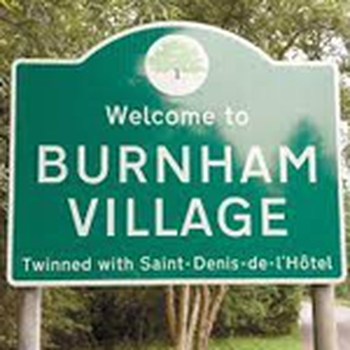Health beliefs in Slough
The outcomes were framed around some of the key health inequalities that exist in Slough which include the high rates of childhood obesity, areas of low immunisations, poor child oral health, areas of poor mental health and sexual health, and low rates of physical activity.
Highlights from the research include:
- When asked to spontaneously describe ways to stay healthy, by far the most common responses of the 1,605 survey participants were having a balanced diet (80%) and undertaking some form of physical activity or exercise (73%).
- Around six in ten residents (59%) claimed to eat a meal prepared from scratch at least once per day, 42% suggested they have a takeaway less than once a week and 38% indicted they never eat a ready meal.
- 90% of residents would like to eat more healthily.
- 72% of residents agreed that they have at least an annual dental check-up and 90% of those with school aged children claimed the same for their children.
- 56% of residents have used at least one of the borough’s leisure facilities in the past.
- 76% of residents agreed that they find exercise enjoyable.
- 17% of residents are physically inactive (less than 30minutes a week).
The main objective of the project was to gain important information for the long term work of the council in improving the public’s health, as well as contributing towards the “health in all areas” approach, to benefit and inform the wider council.
The data and information collected on physical activity, and our prevailing rates of inactivity, will be used to inform the leisure strategy for the next 5-10 years, as well as elements of the parks and open spaces strategy and the play strategy. The leisure team will also use the outcomes to inform future investment into further programmes like the outdoor gyms, and targeted physical activity projects.
Over the coming months we will be working with various departments across the council, and partners from across Slough to ensure that the learning of the project is embedded in work programmes, are being used to inform strategies and being used to create and develop specifications for services.
Councillor Natasa Pantelic, cabinet member for health and social care, said: “The results from this in-depth research will help the council improve long term public health, as well as produce the leisure strategy for the next 5-10 years. Many programmes and projects to improve our residents’ overall physical and mental health will be developed based on the results of this study. A big thank you to all our residents who took part in this community-led research project, and we look forward to helping you achieve your health and fitness goals.”
For more information, to view the full report or the individual ward profiles, head to https://www.publichealthslough.co.uk/campaigns/health-beliefs/



